Blog
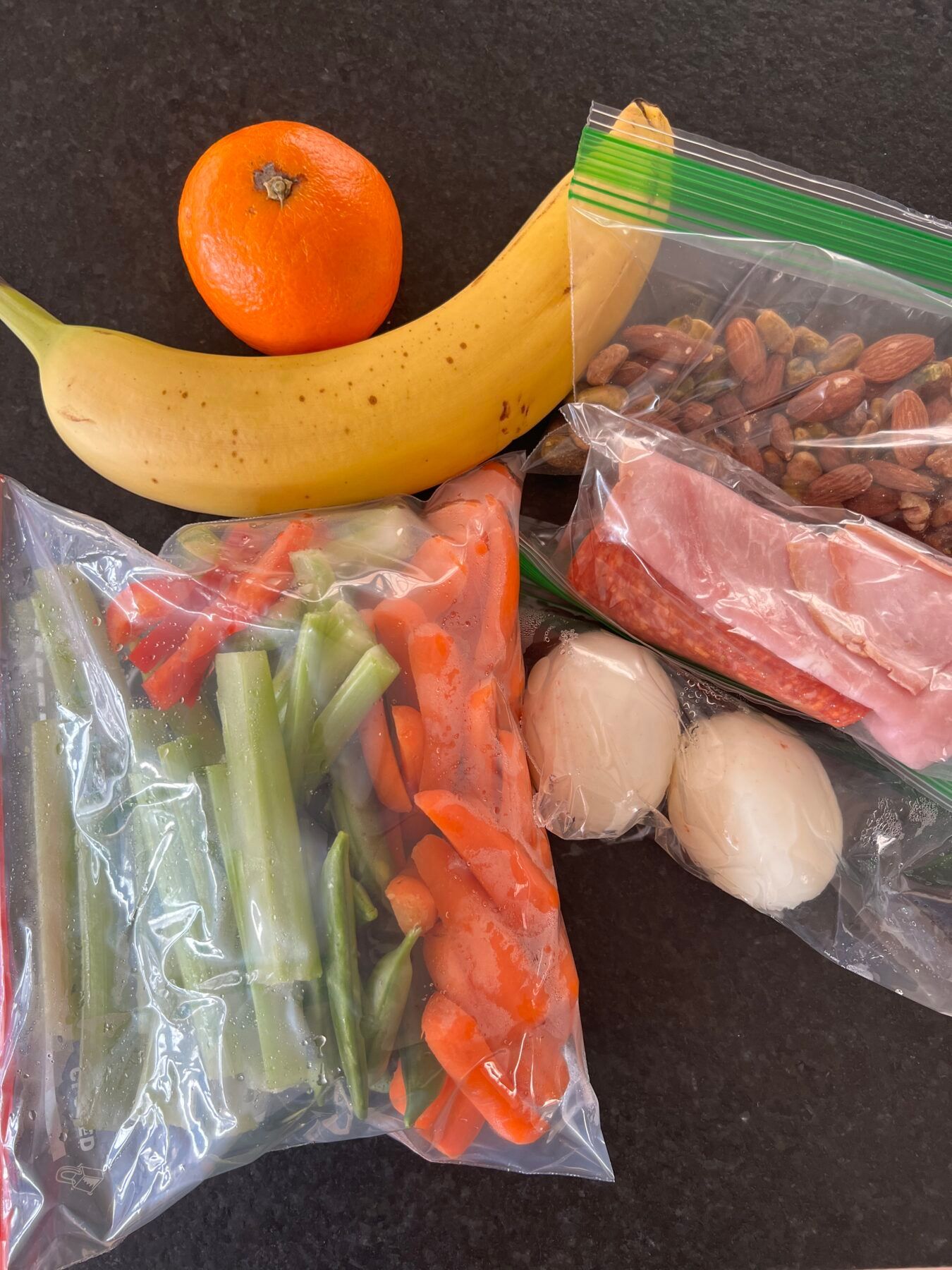
Traveling for work can be challenging with delayed flights, abnormal schedules, eating out and long hours. In order to keep sane with decent digestion, I try to plan ahead prioritizing nutrition, water, exercise, and sleep as much as possible. Maybe some of my tips and strategies will help when you have to travel for work ...
The post Healthy Travel Tips appeared first on CrossFit Wilmette.

Very often in clinic, I work with patients who are unable to perform their training routines due to persistent knee pain. Typically, knee pain is blamed on arthritis or issues with the meniscus. Regardless of whether these issues exist, knee pain can often be a result of a hip or ankle issue. This means that ...
The post Combatting Knee Pain appeared first on CrossFit Wilmette.
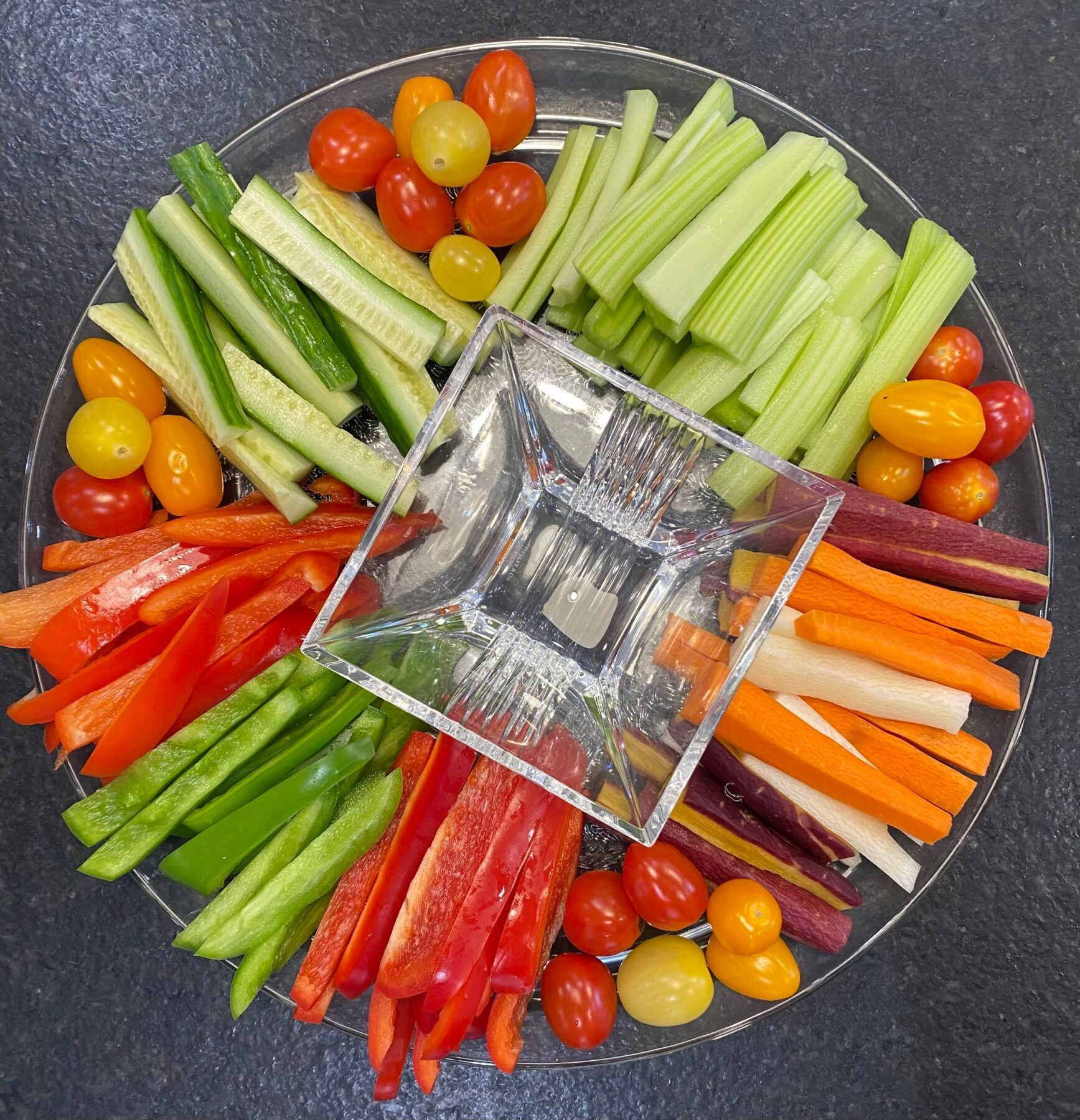
When a dog eats something that doesn’t agree with them, their instincts lead them to eat grass to move things through their system quickly. Fiber is the part of the food that goes undigested and does not break down in our stomachs. Even though it goes undigested, it grabs other digested food with it through ...
The post Add More Fiber! appeared first on CrossFit Wilmette.
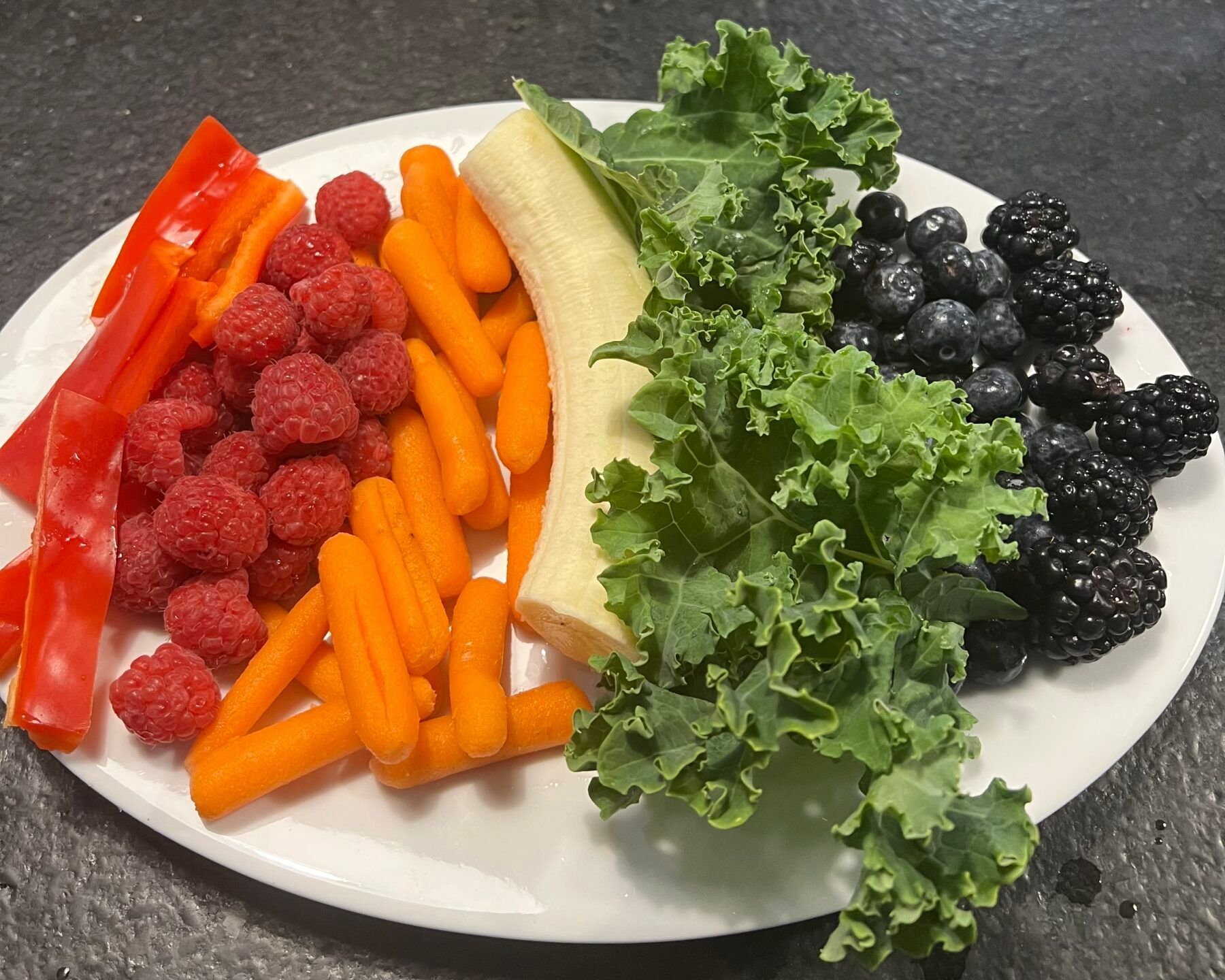
Now that we’ve mastered macronutrients, and let’s review micronutrients. These are all the vitamins and minerals contained in foods. Like everything in life, balance and variety is key. Many athletes focus on macronutrients, and I believe in optimal health and focus on both. Not only should we look good and train hard, but we should ...
The post Micronutrients – Eat the rainbow appeared first on CrossFit Wilmette.
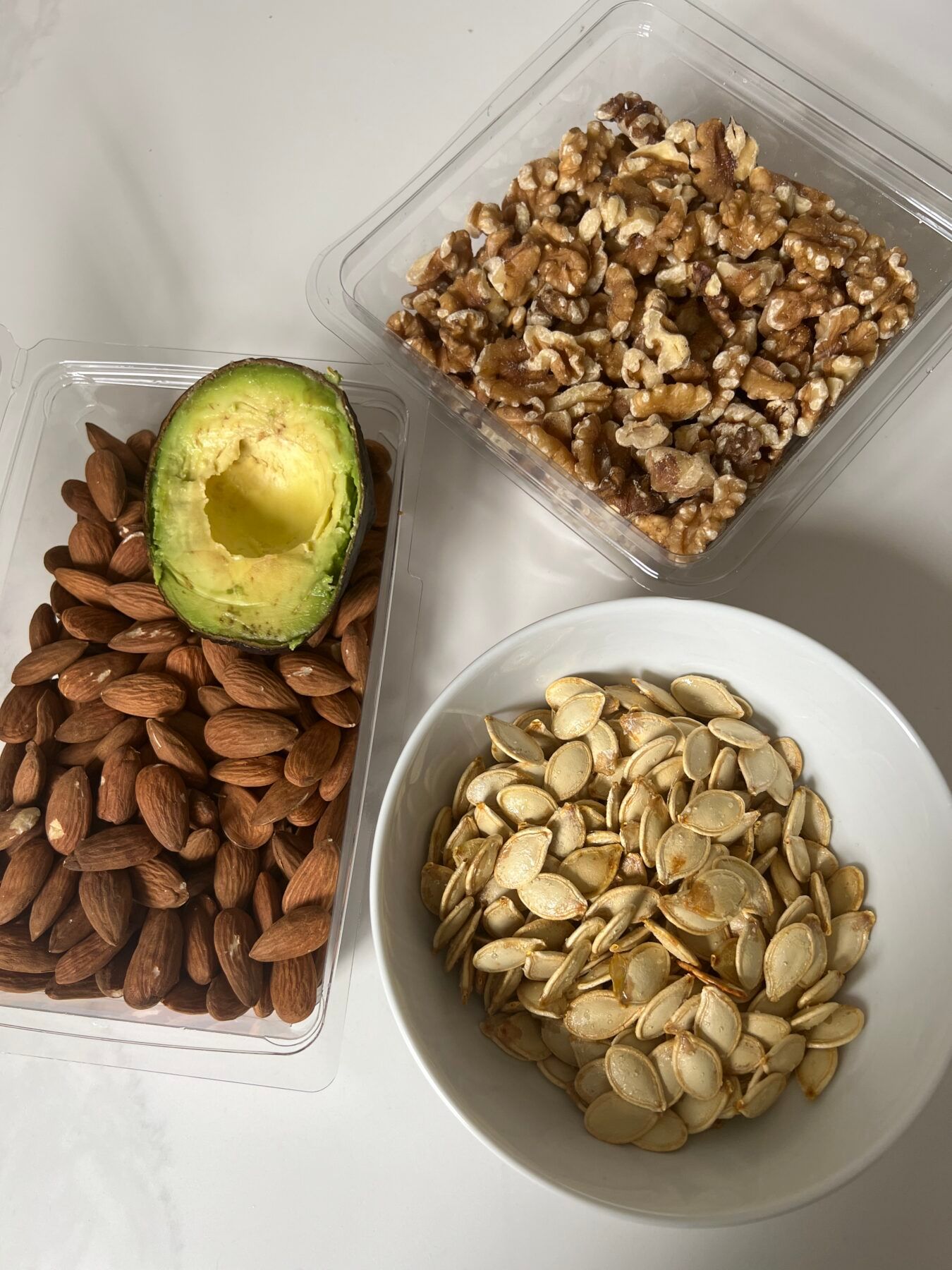
Now let’s move on to fat, our 3rd and final macro. Once a myth that it would clog your arteries and make you fat. Fat is needed by the body for normal growth and development, energy and absorption of fat soluble vitamins (A, D, E, K). Fat provides cushioning for organs, maintains cell membranes, insulates ...
The post Macro #3 – Fat Makes Our Food Taste Yummy appeared first on CrossFit Wilmette.
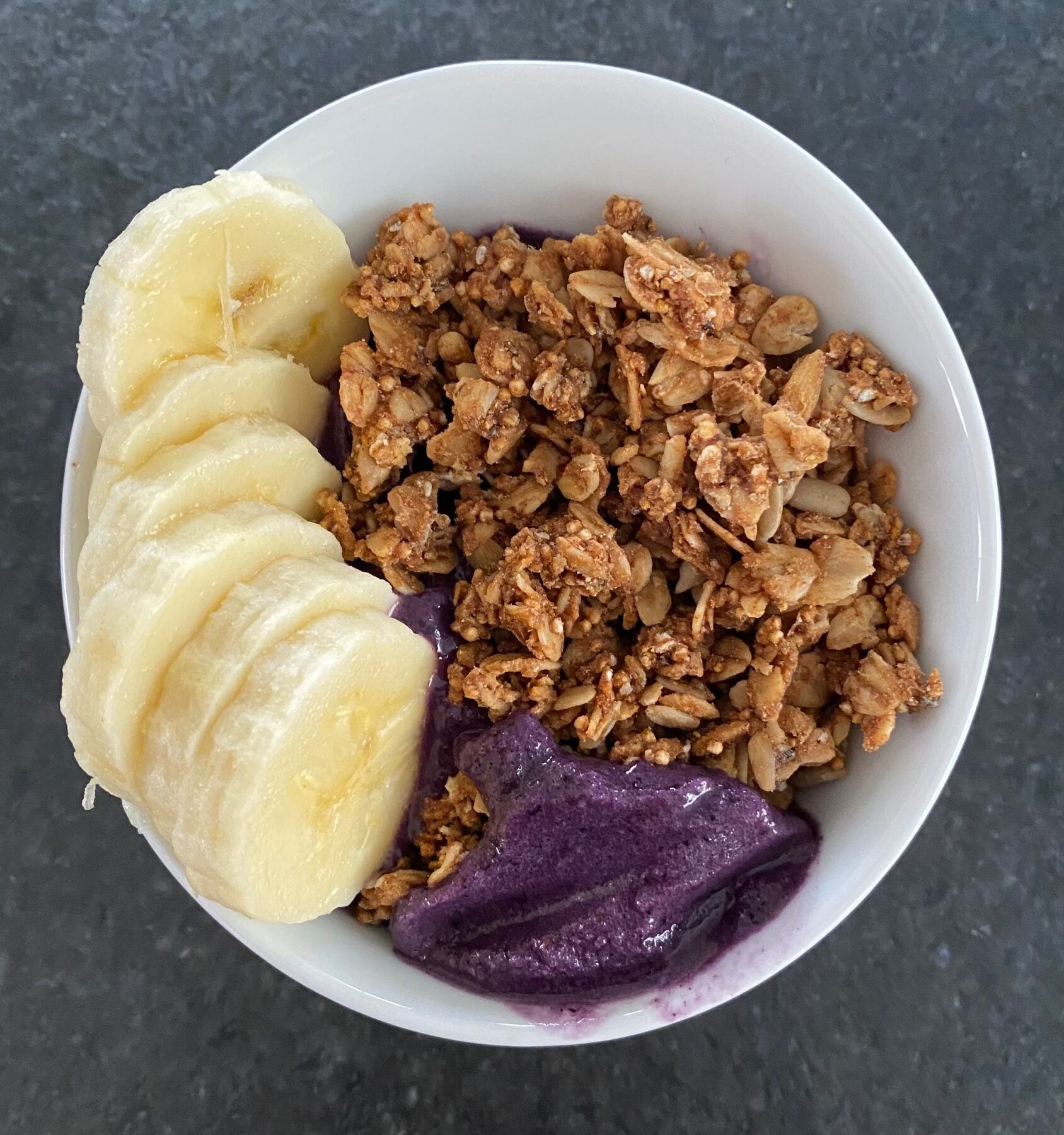
As promised, I’ll cover the 2nd of the 3 macros – carbohydrates. One of the most debated macros in current times. No carb, low carb, carb cycling. Carbs run our bodies, give us energy, and allow us to lift heavy and RX+ WODs! This is where we get all of our fruits and vegetables, our ...
The post Macro #2 – Carbohydrates, Our Friends appeared first on CrossFit Wilmette.
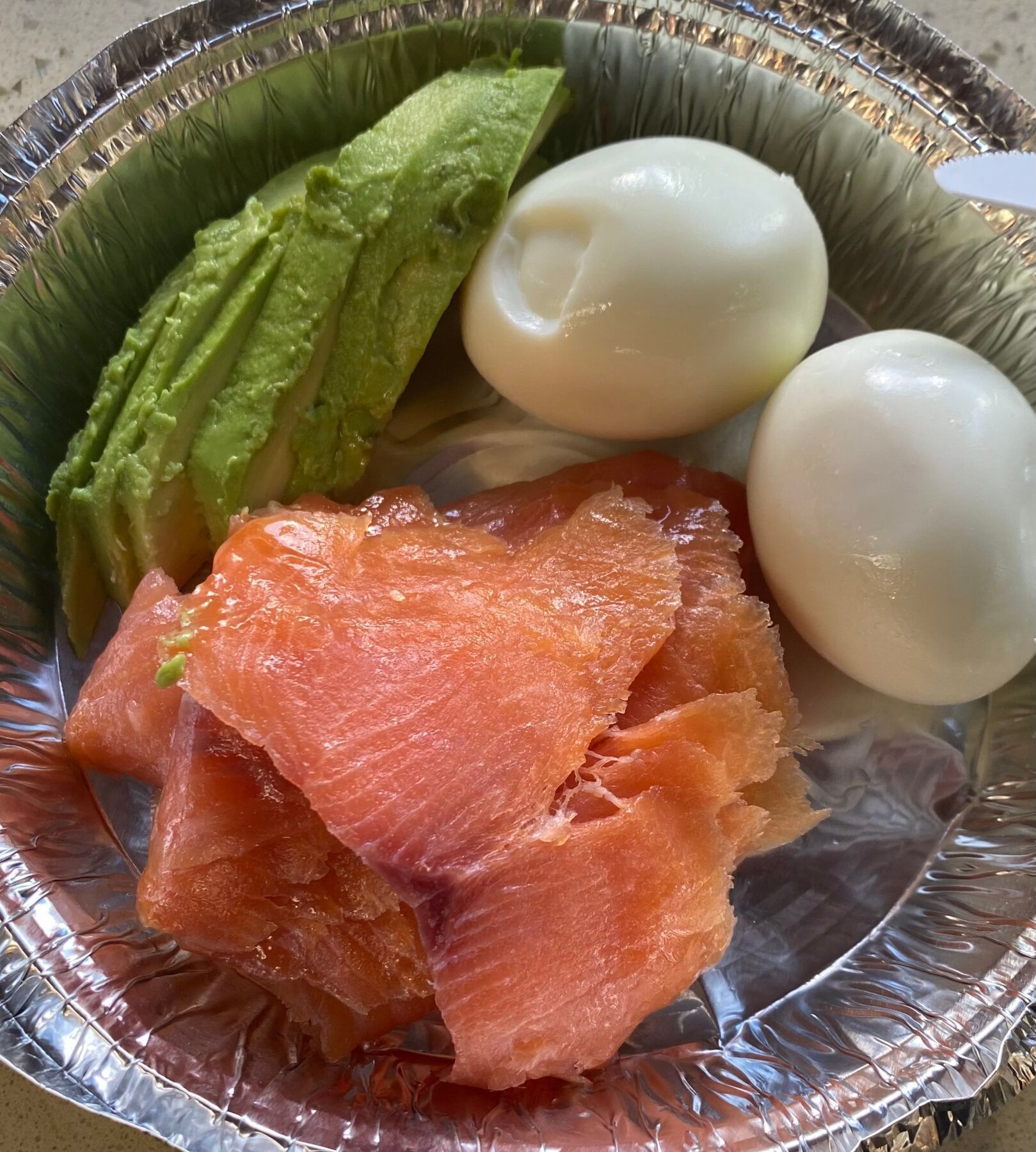
There’s lots of chatter around macros and how to divide them for the day. Some experiment with leaving out carbs to lose fat. Or as a product of the 80’s, we heard that fat is bad so reduce that as much as possible. The reality is that we need macronutrients and they all have their ...
The post Macronutrients – Eating for Athletes appeared first on CrossFit Wilmette.

If you’re ready for results it’s time to ditch the health club… There was a time when we got all the exercise we require from our daily activities. But as hunting and gathering lead to farming and eventually the industrialized world we live in today the need for human “labor” has been nearly eradicated. Now ...
The post Is Boutique Fitness Right for Me? appeared first on CrossFit Wilmette.

Most of us have an area in our life we wish we were performing better in. That part of us that doesn’t quite fit into our own skin. It could be a touchy subject that our spouse and friends know to steer clear of, the elephant in the room. It could be the promotion you ...
The post The Power of Choice appeared first on CrossFit Wilmette.
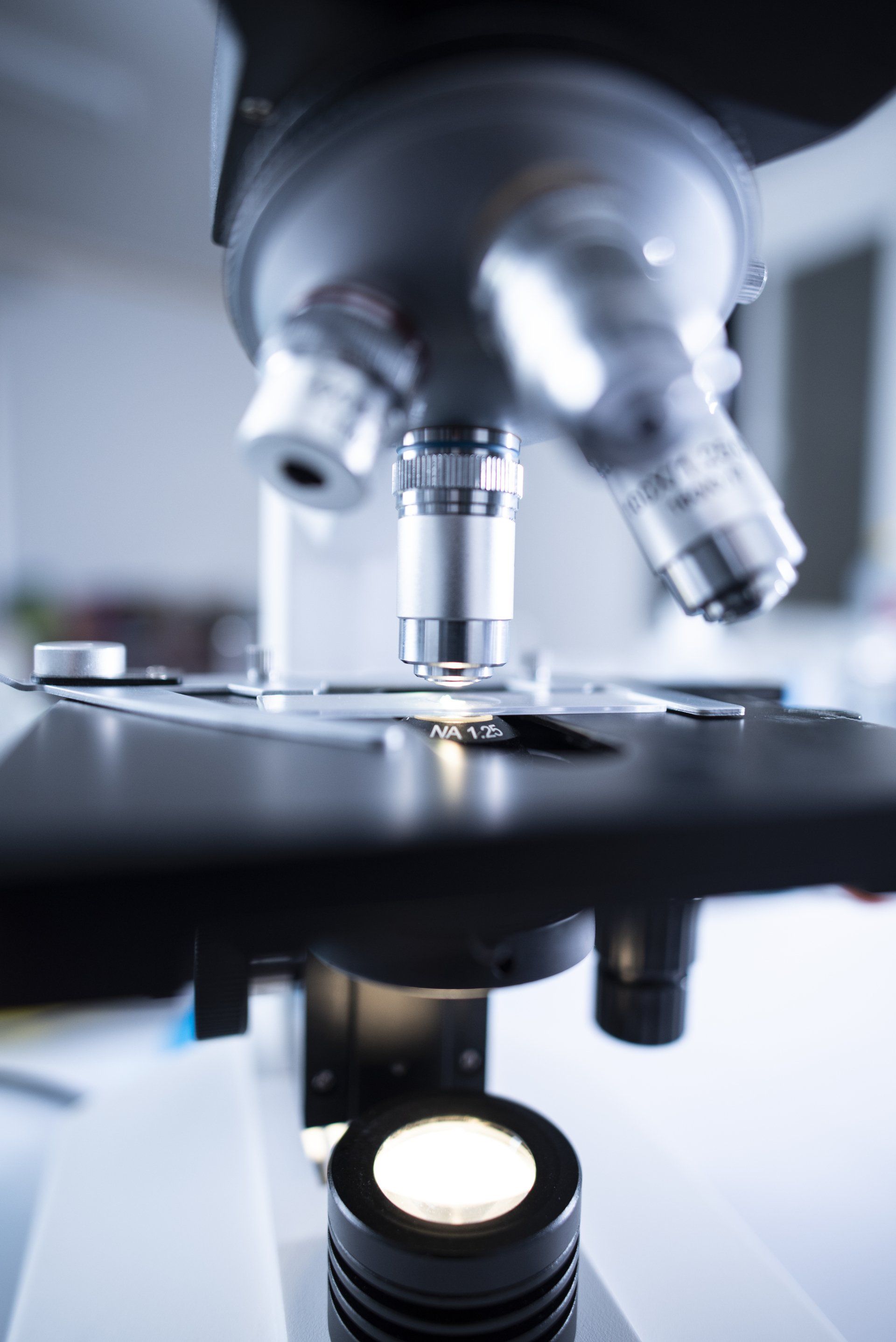
As a living, breathing, blog reading individual you’ve probably learned the basics around how food provides the body with energy. There are actually several different ways that this can occur and they depend on the activity being performed. Depending on our sport or activity, nutrition, genetics, and level of training will each play a role ...
The post Energy Systems Exploration appeared first on CrossFit Wilmette.


